From cinnamon rolls in a Swedish café to lamb stews in Morocco, cinnamon is one of the few spices that crosses almost every culinary border. Its warm, sweet aroma feels familiar, but its history and characteristics are more complex than most people realize. Beyond its place in desserts, cinnamon has shaped global trade, inspired medical traditions, and even sparked controversy in the age of viral internet challenges. Here’s a closer look at the spice’s origins, uses, and curious side notes.
14 Cinnamon Facts You May Not Know
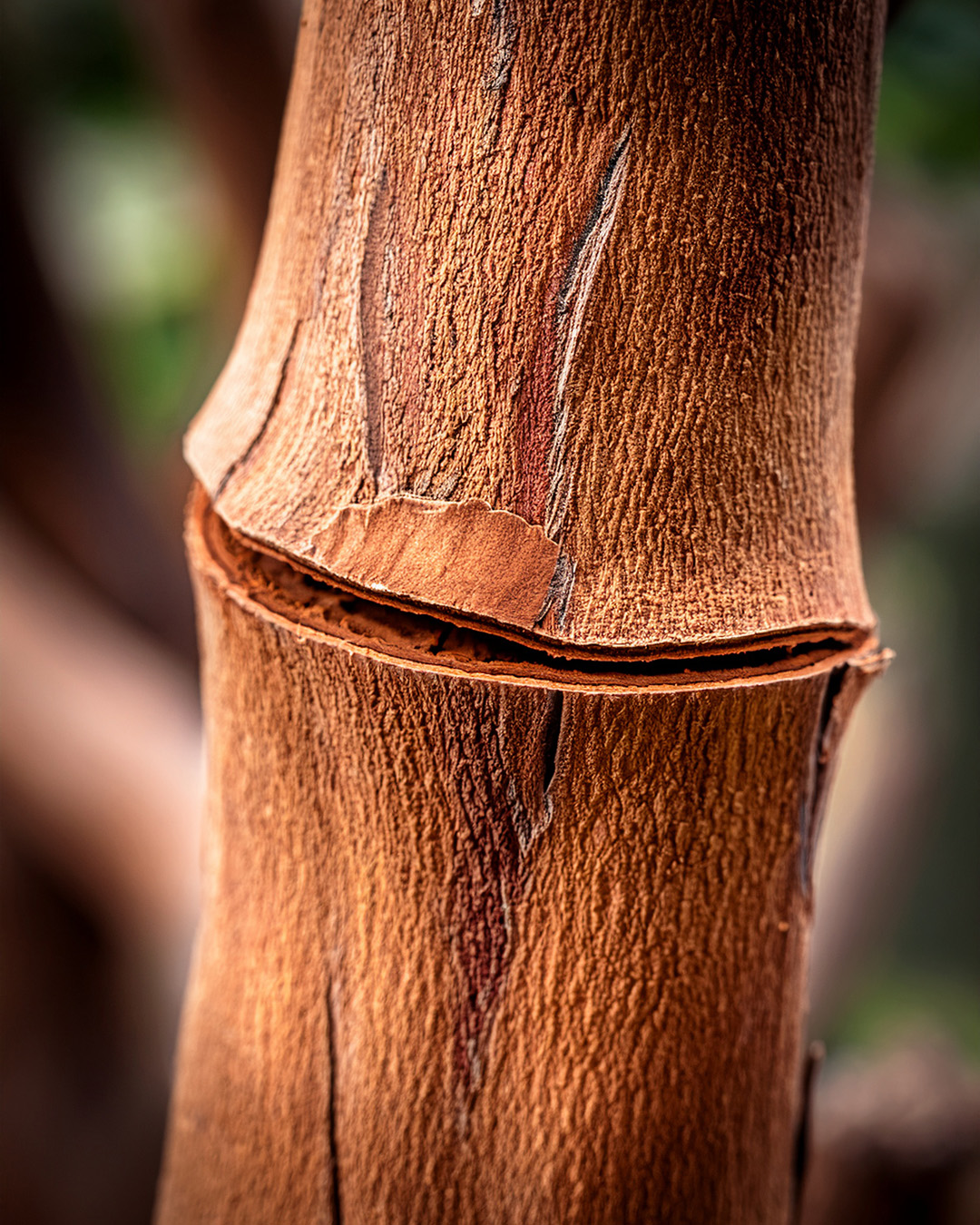
1. Cinnamon Comes from the Inner Bark of Trees
Cinnamon is harvested from the inner bark of tropical evergreen trees in the Cinnamomum genus. The outer bark is carefully scraped away, revealing the softer inner layer, which is peeled and dried. As it dries, it naturally curls into the familiar quills, or sticks, you see in spice jars. Ground cinnamon is simply these quills milled into powder.
2. A Spice That Works in Sweet and Savory Dishes
While cinnamon is often associated with pastries, pies, and festive drinks, it’s just as at home in savory cooking. Middle Eastern lamb stews, Mexican mole sauces, and Indian curries all make use of cinnamon’s warm, slightly sweet character. In each case, the spice works to round out flavors rather than dominate them.
3. Cinnamon Has Been Valued Since Ancient Times
Cinnamon’s recorded history stretches back thousands of years. It’s mentioned in the Bible and was prized in ancient Egypt, not only for culinary and medicinal purposes but also for embalming. At certain points in history, cinnamon was so rare and in demand along the Arabian spice trade routes that it was worth more than gold.
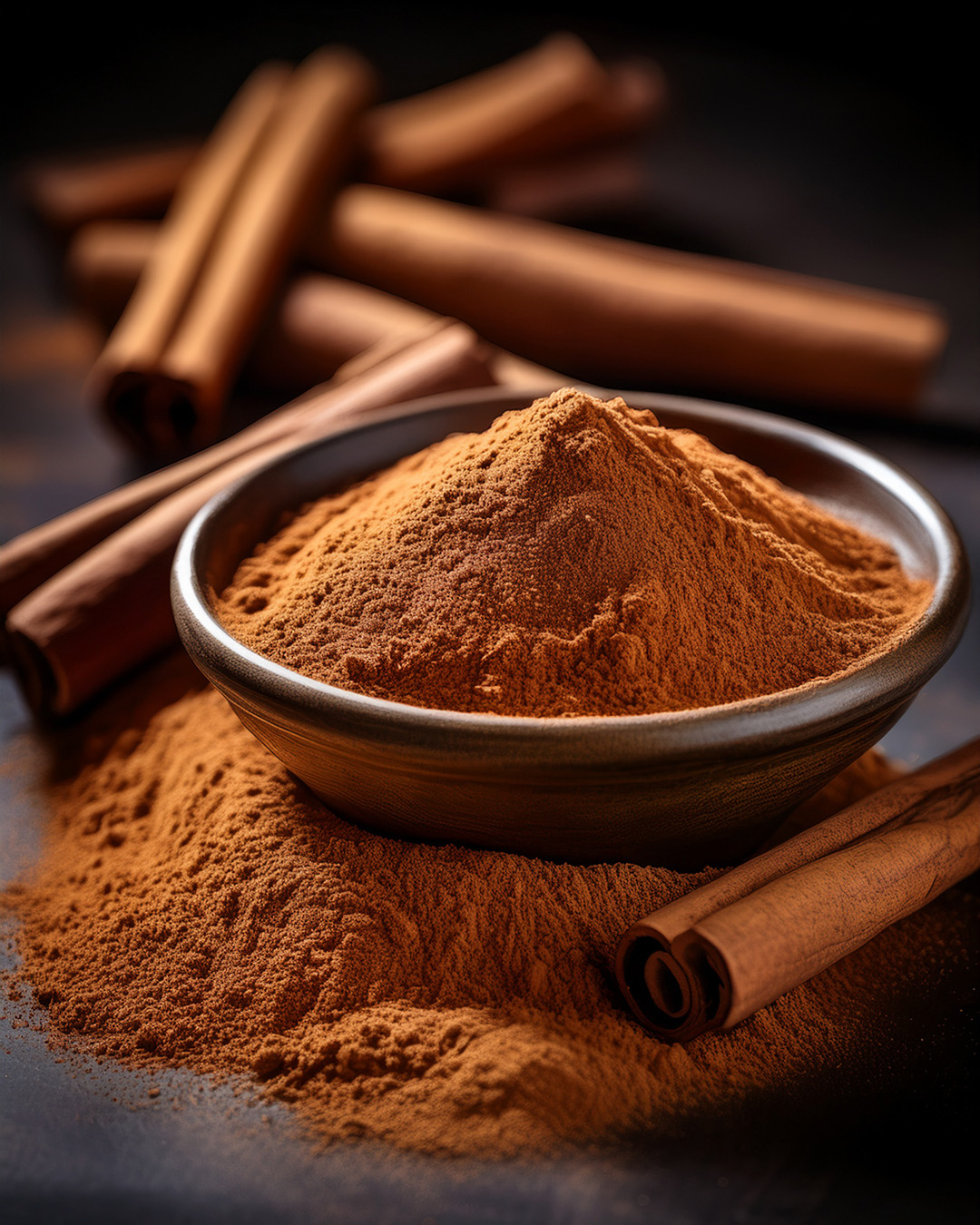
4. Cinnamon Bark Can Be Eaten Whole
Most spices are used in ground form or steeped for flavor, but cinnamon bark is one of the few that can be eaten whole. In some cultures, it’s chewed like a stick of gum for a slow release of flavor. Cooks often grate a fresh stick directly into dishes or steep the whole quill in syrups, teas, and stews.
5. Four Main Varieties of Cinnamon Exist
The two most widely known are Ceylon (Cinnamomum verum) and Cassia (Cinnamomum cassia). Ceylon, sometimes called “true” cinnamon, has a lighter color, softer bark, and a delicate, complex aroma. Cassia cinnamon is darker, with a bolder, more robust flavor. Indonesian (Cinnamomum burmannii) and Vietnamese (Cinnamomum loureiroi) types are also common in global trade, each with its own flavor profile and coumarin content.
6. Cinnamon in Traditional Chinese Medicine
In Chinese medicine, cinnamon has long been considered a “warming” spice that supports circulation and drives out cold. Practitioners have used it to treat colds, digestive problems, menstrual cramps, and general fatigue. Its use in this context often involves pairing it with other herbs for a balanced therapeutic effect.
7. Cinnamon in Ayurveda for Digestion and Blood Sugar
Ayurvedic traditions also regard cinnamon as a warming spice, believed to stimulate digestion and metabolism. It’s often added to teas and herbal blends, especially in colder months, and sometimes combined with cardamom and ginger to aid blood sugar regulation. While these uses are rooted in tradition, modern research is exploring similar benefits.
8. Scientific Research on Cinnamon’s Health Effects
Recent studies have examined cinnamon’s role in managing blood sugar, cholesterol, and inflammation. Some research points to its antimicrobial and antifungal properties, as well as its potential use as a natural preservative. While findings are promising, scientists caution that these benefits come from concentrated extracts, not the small amounts used in cooking.
9. Cinnamon Contains Trace Minerals and Fiber
A teaspoon of ground cinnamon contains small amounts of manganese, calcium, iron, and zinc, along with dietary fiber. While these amounts are modest and won’t replace other dietary sources, they contribute to its overall nutritional profile.
10. Why the “Cinnamon Challenge” Is Dangerous
The online stunt known as the “Cinnamon Challenge” involves swallowing a spoonful of ground cinnamon without water. This can cause choking, severe coughing, and even lung damage if the powder is inhaled. The fine particles can coat the mouth and throat, making it nearly impossible to breathe or swallow.
11. Cassia Cinnamon Contains More Coumarin
Coumarin is a naturally occurring compound found in several plants, including cinnamon. High coumarin intake over long periods can potentially affect liver health. Cassia cinnamon contains significantly more coumarin than Ceylon, making Ceylon the better choice for frequent or heavy use.
12. Cinnamon Essential Oil Is Highly Potent
Cinnamon oil, distilled from bark or leaves, is used in flavoring, perfumery, and aromatherapy. Because it’s highly concentrated, it must be diluted before use, as it can irritate skin and mucous membranes. Even a small amount carries an intense aroma and flavor.
13. Cinnamon Harvesting Requires Skilled Labor
The best cinnamon comes from younger shoots of the tree, where the bark is thin and tender. Skilled harvesters strip the bark by hand, roll it into multiple thin layers, and dry it until it develops the signature curl. Producing high-grade Ceylon cinnamon is a meticulous process that can’t be rushed.
14. Cinnamon Fueled Centuries of Spice Trade Conflicts
Sri Lanka, home to Ceylon cinnamon, became a focal point of European colonial rivalry. Portuguese, Dutch, and British powers fought for control of the island’s cinnamon trade, each seeking to monopolize one of the world’s most valuable spices. The legacy of this history is still reflected in Sri Lanka’s cinnamon industry today.
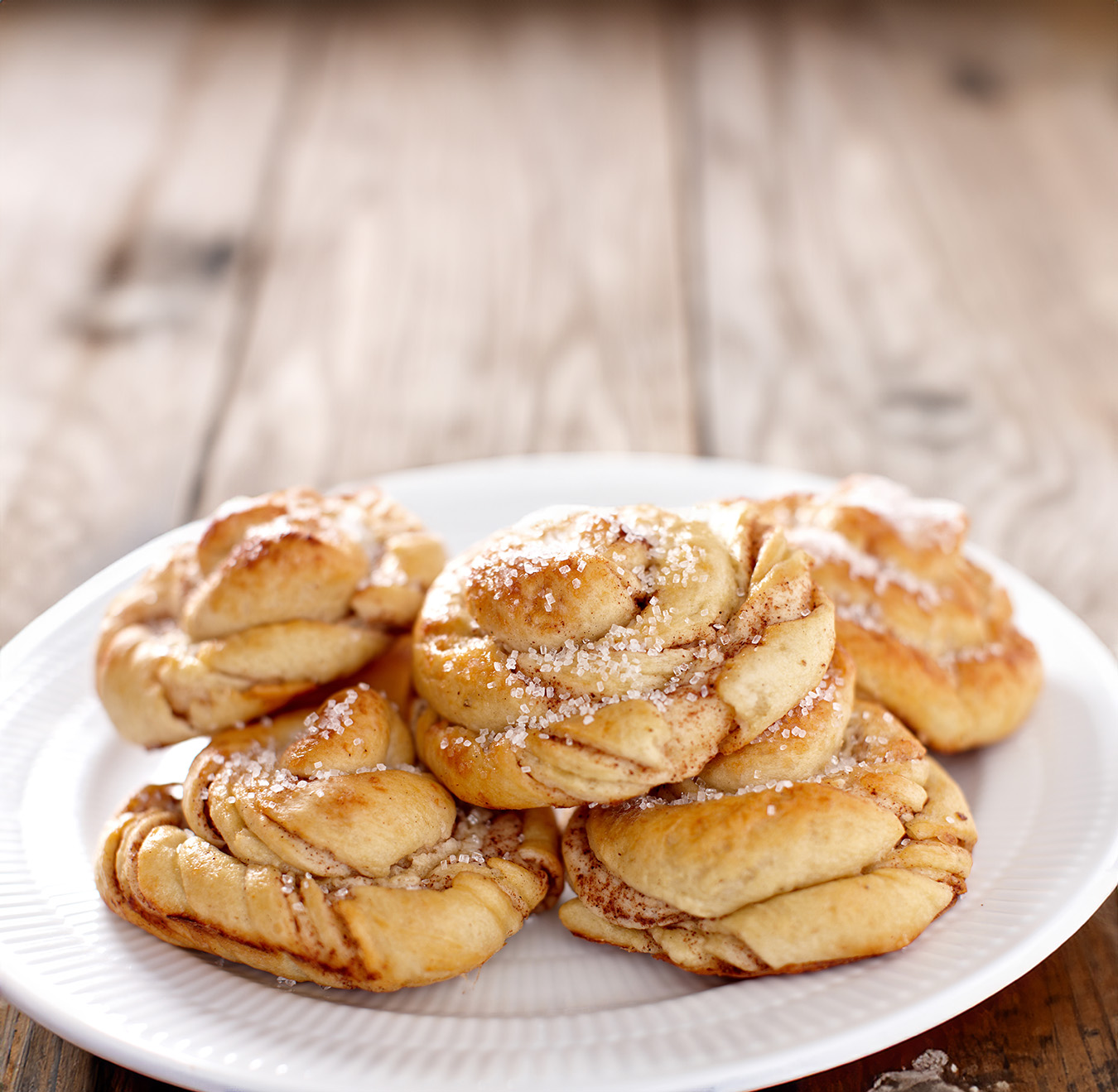
Our Favorite Cinnamon Recipes
How to Make Swedish Cinnamon Buns
Cinnamon Sugar Doughnut Muffins


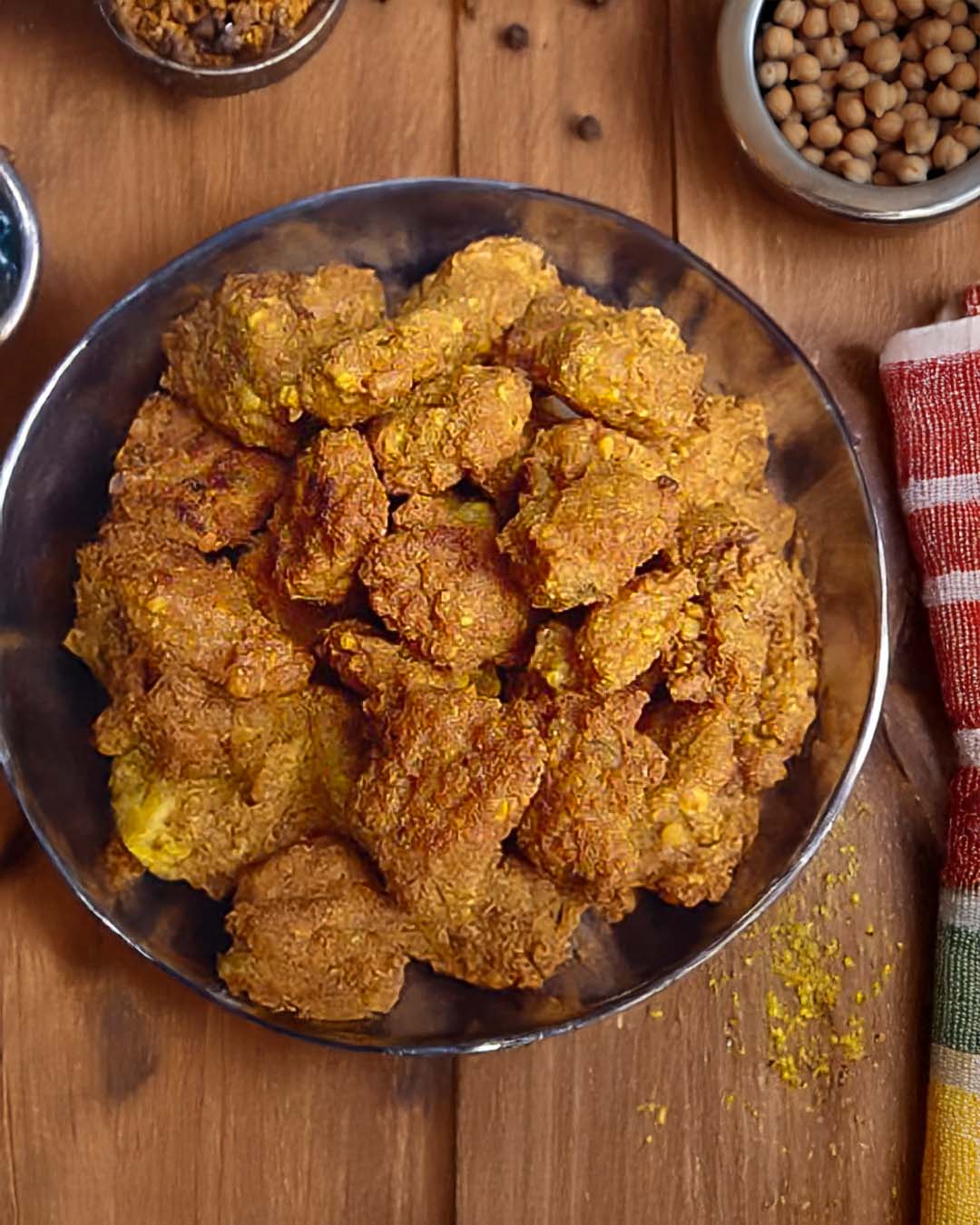
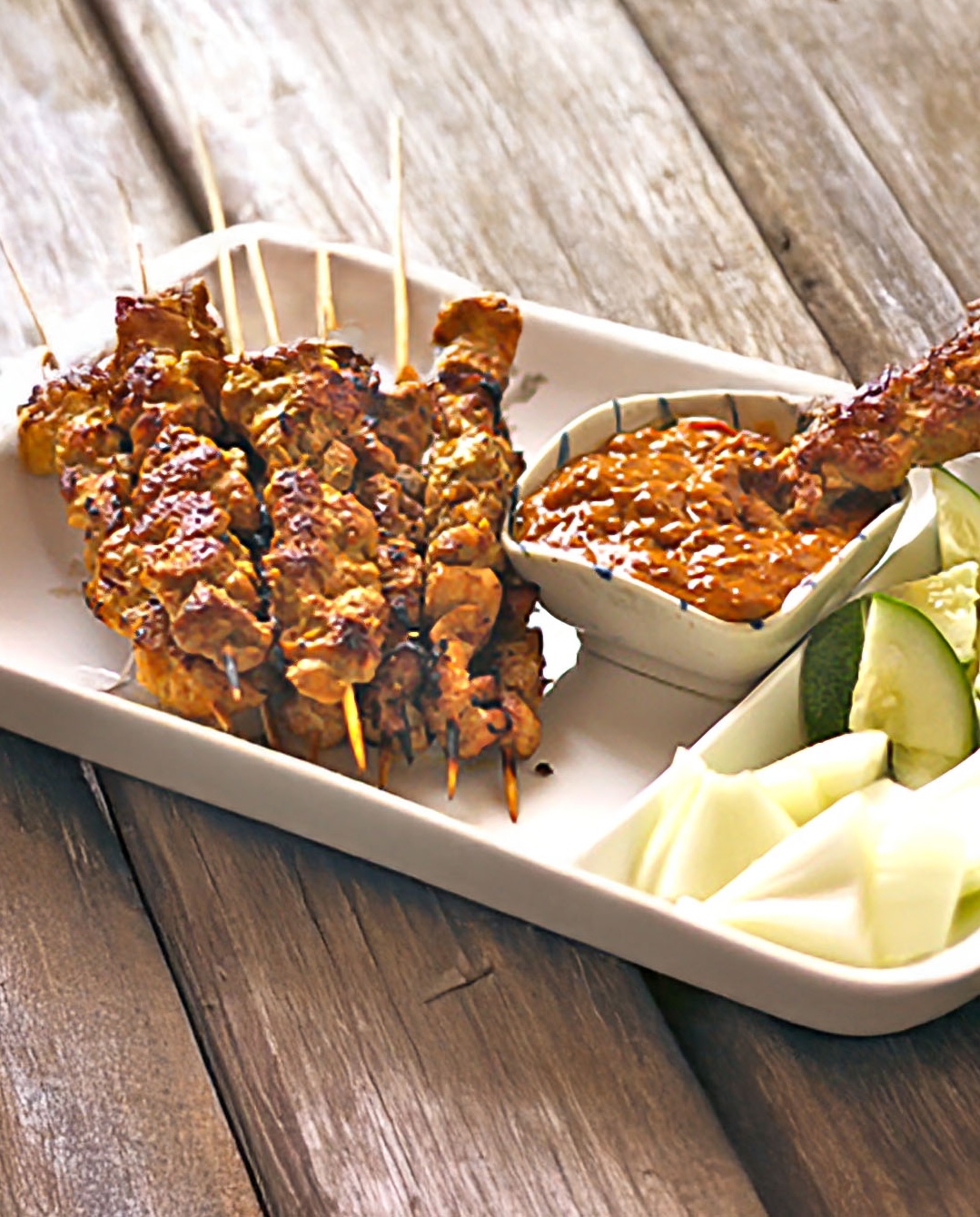

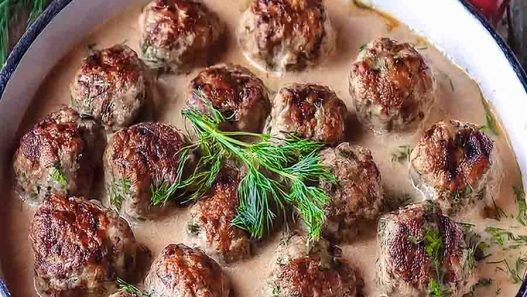
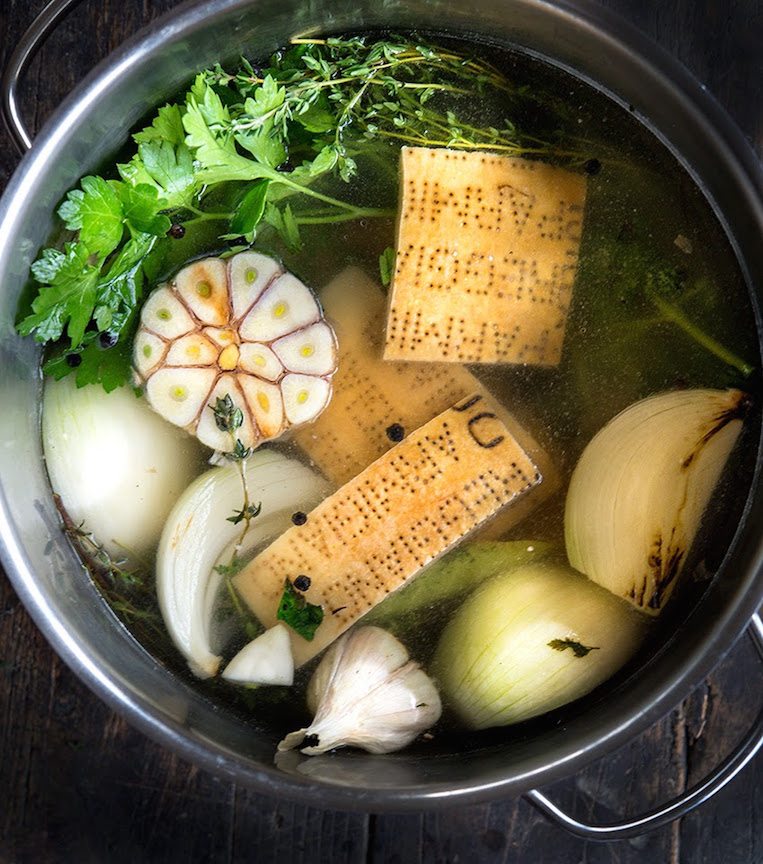
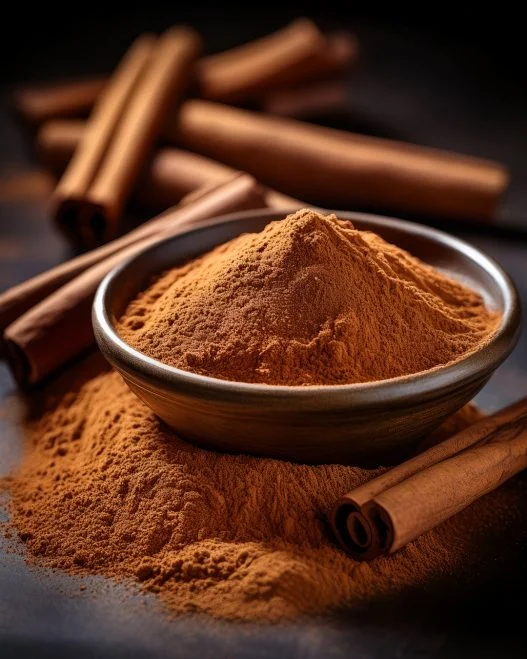
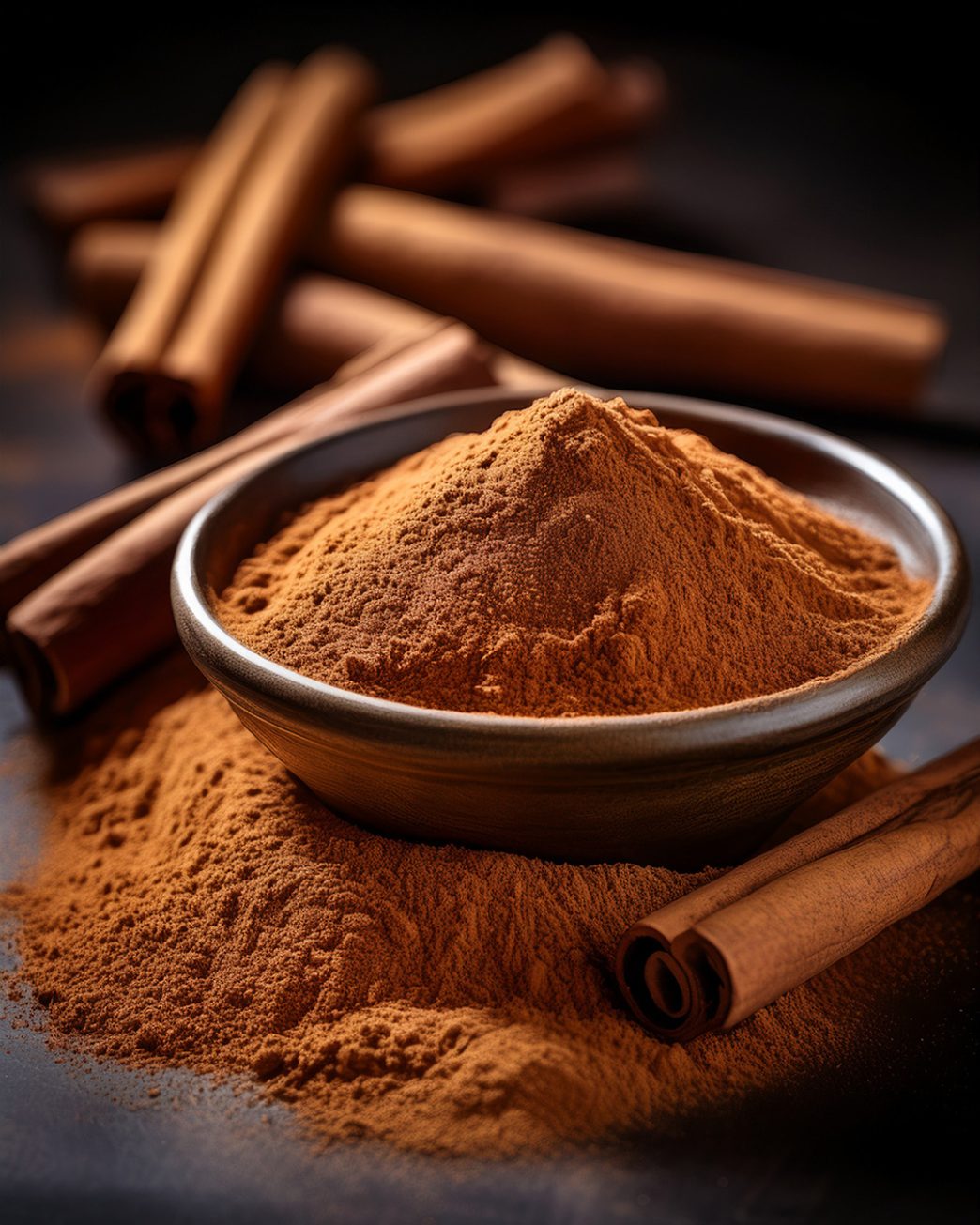
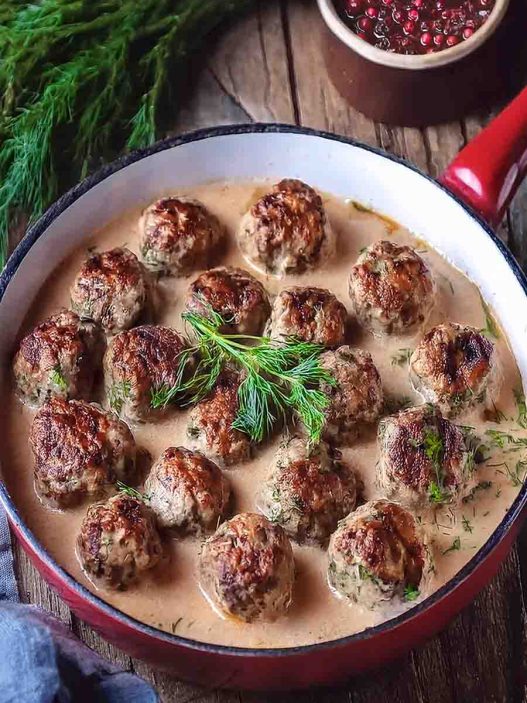

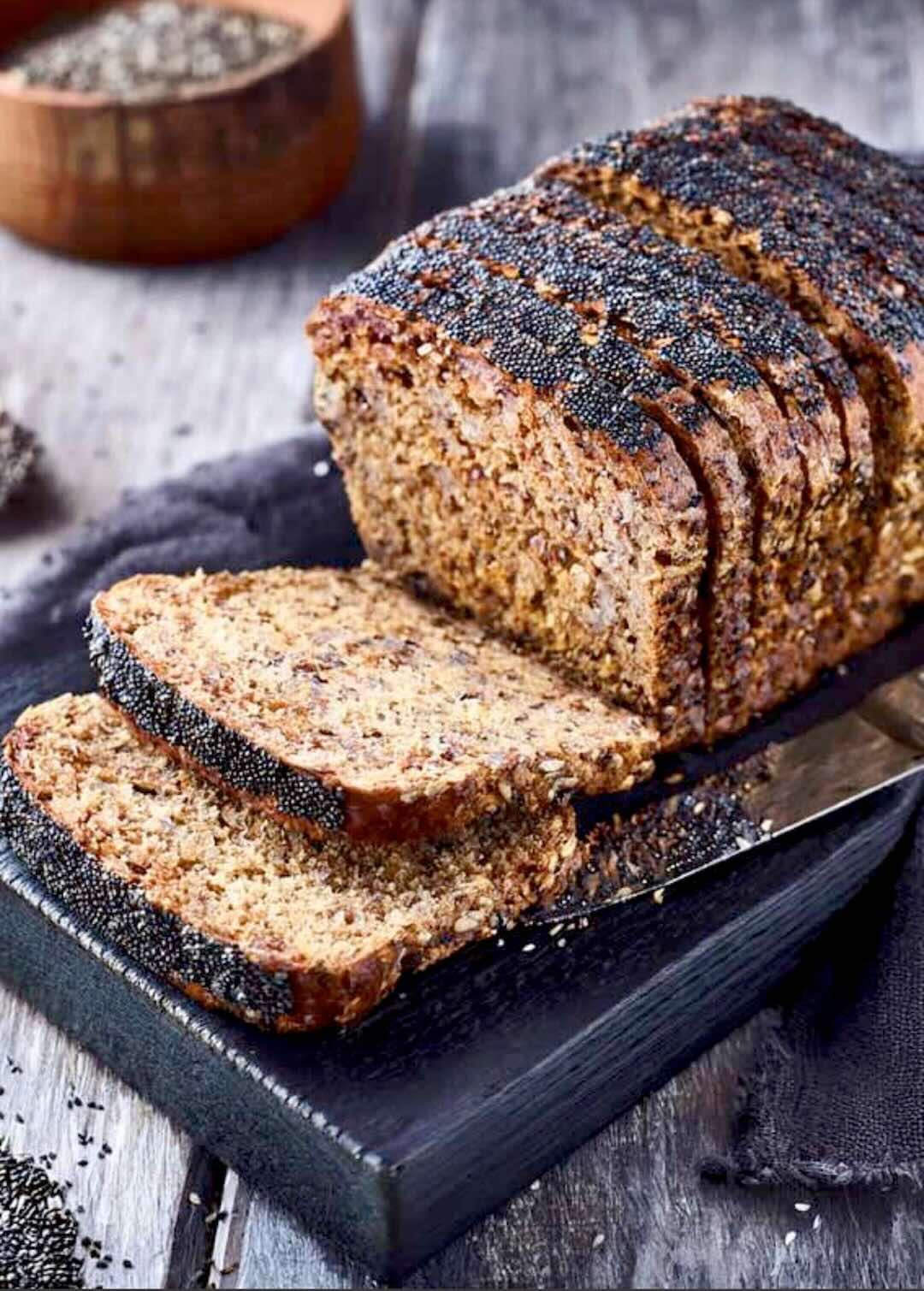
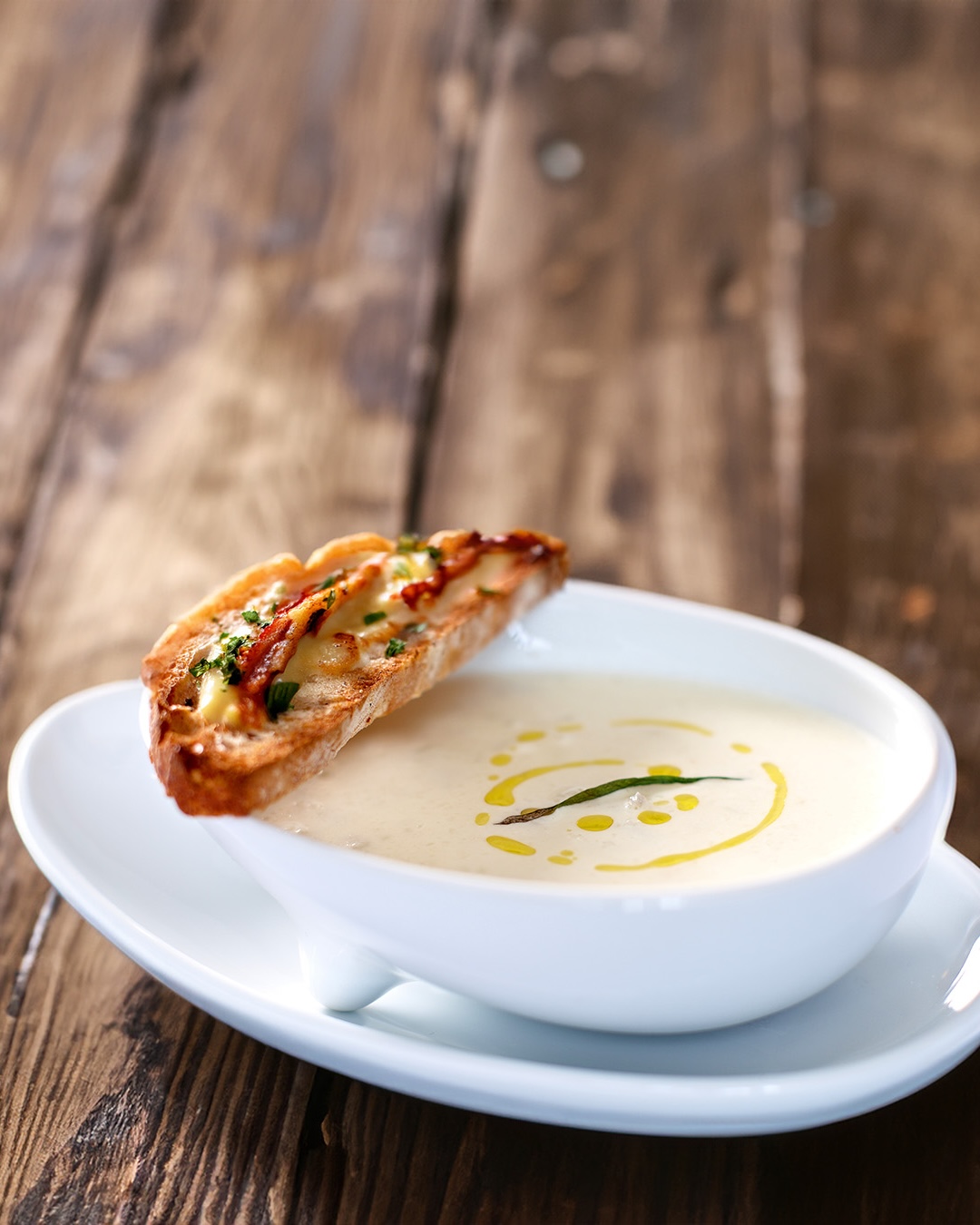
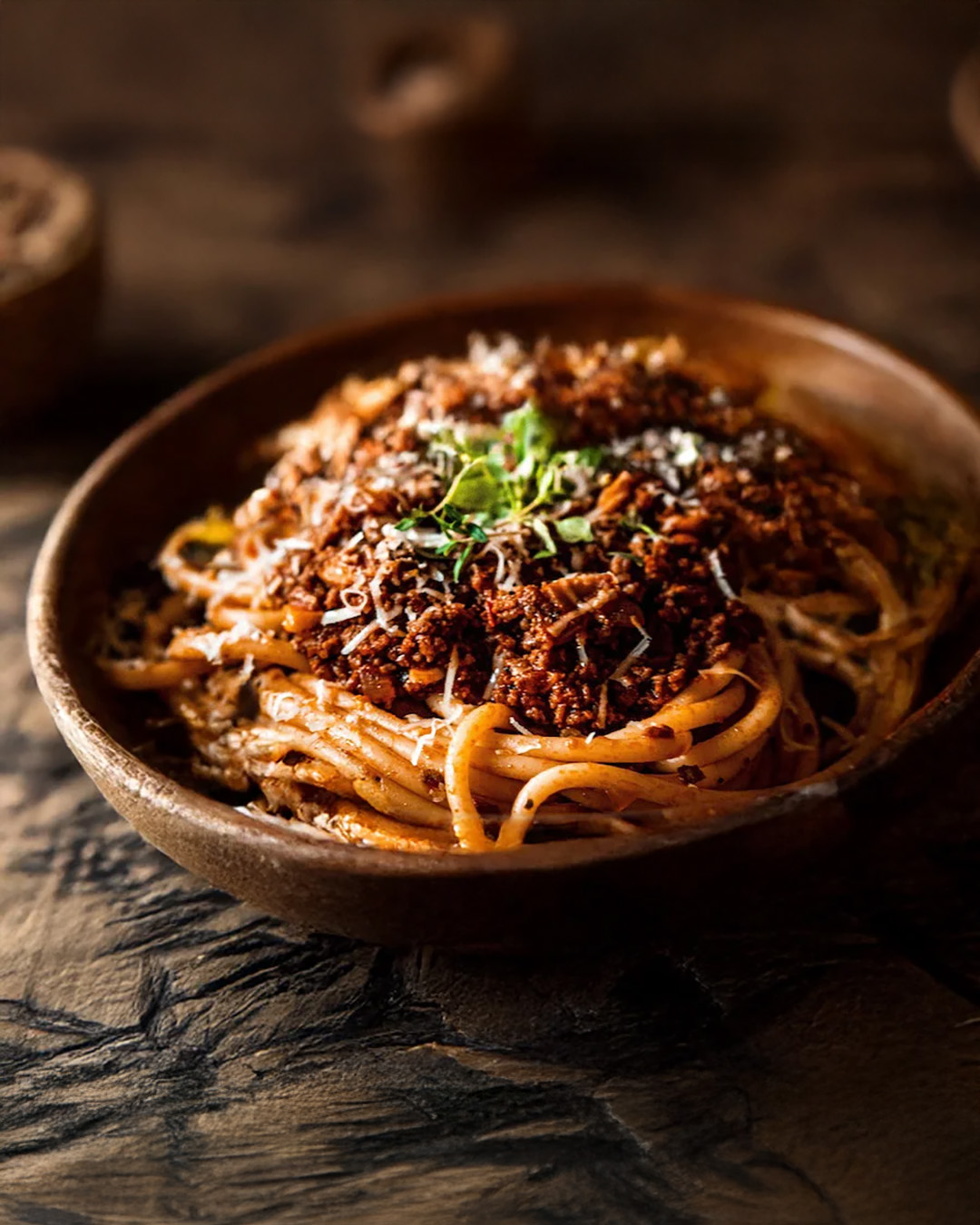
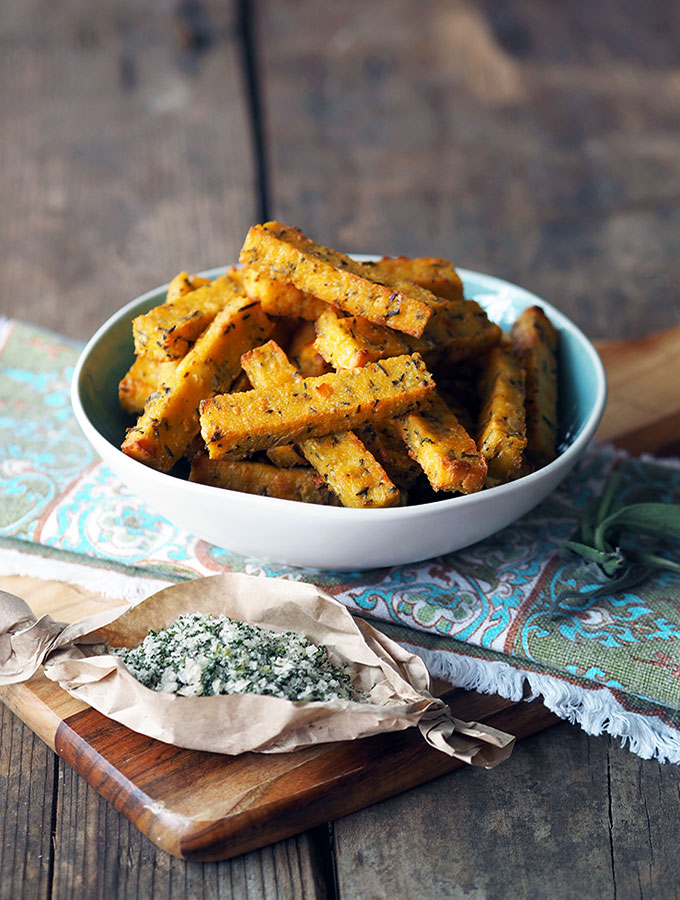
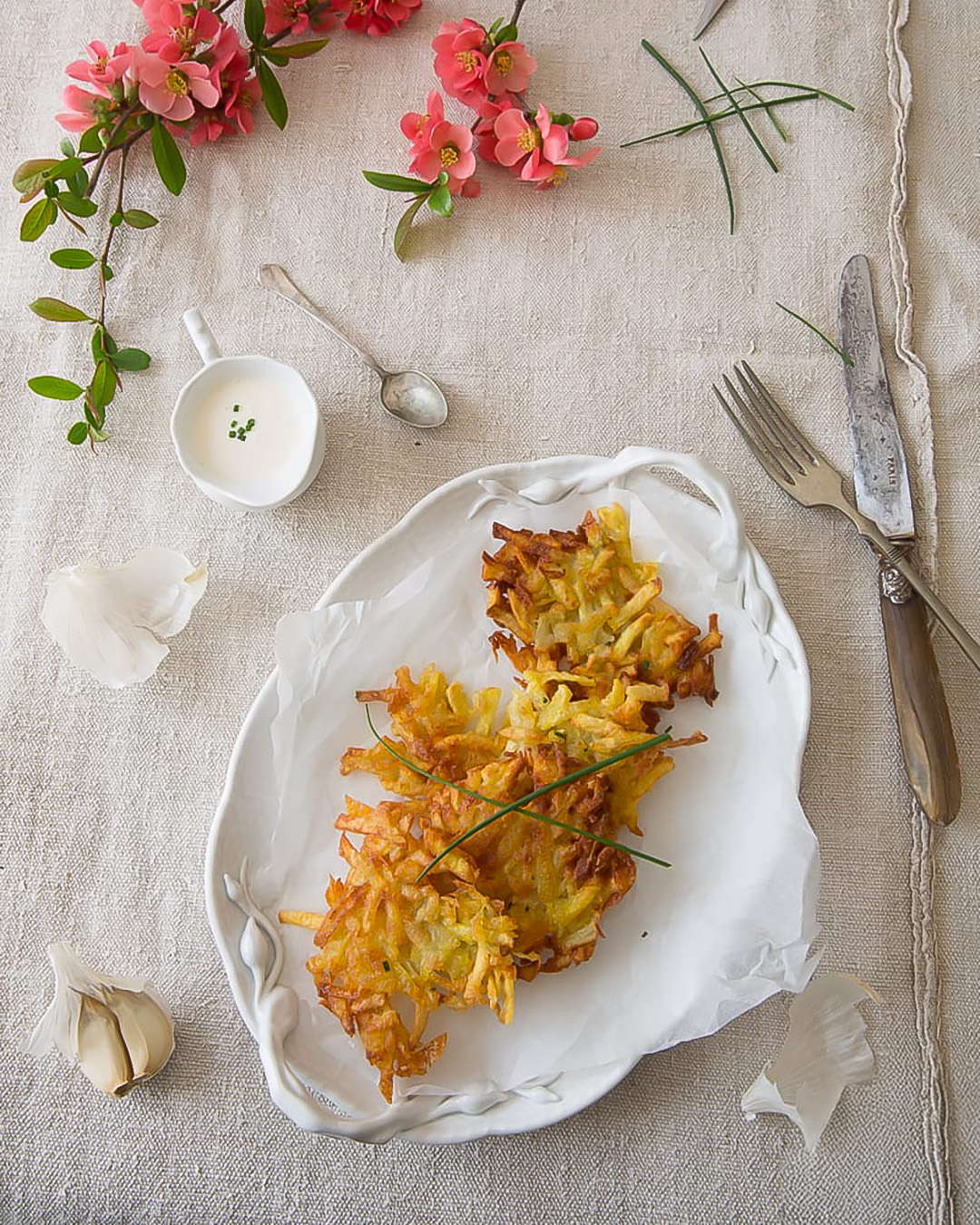
This is actually some really great info, didn’t know most of this before. Thanks.
Love cinnamon buns!!
Very Helpful. Thank You, this helped me understand more about cinnamon.
cinnomon is not the inner bark of the tree.It’s the skin of the stem.I am a cultivator from India.
cinnamon challenge has killed people because ounce it reaches the lounges you either die or have lung problems for the rest of your life
I had no heard of the cinnamon challenge either…very odd! But love your article and cinnamon facts :)
Thanks Alisha!
I had never even heard of the cinnamon challenge. How disturbing to learn how mind-numbingly stupid people can be!
Yes, and all in the name of being “fashionable”
Huh! Who would have thought there was so much to learn about cinnamon other than it’s tasty :)
Another reason why cinnamon is so great, righ Rochelle?